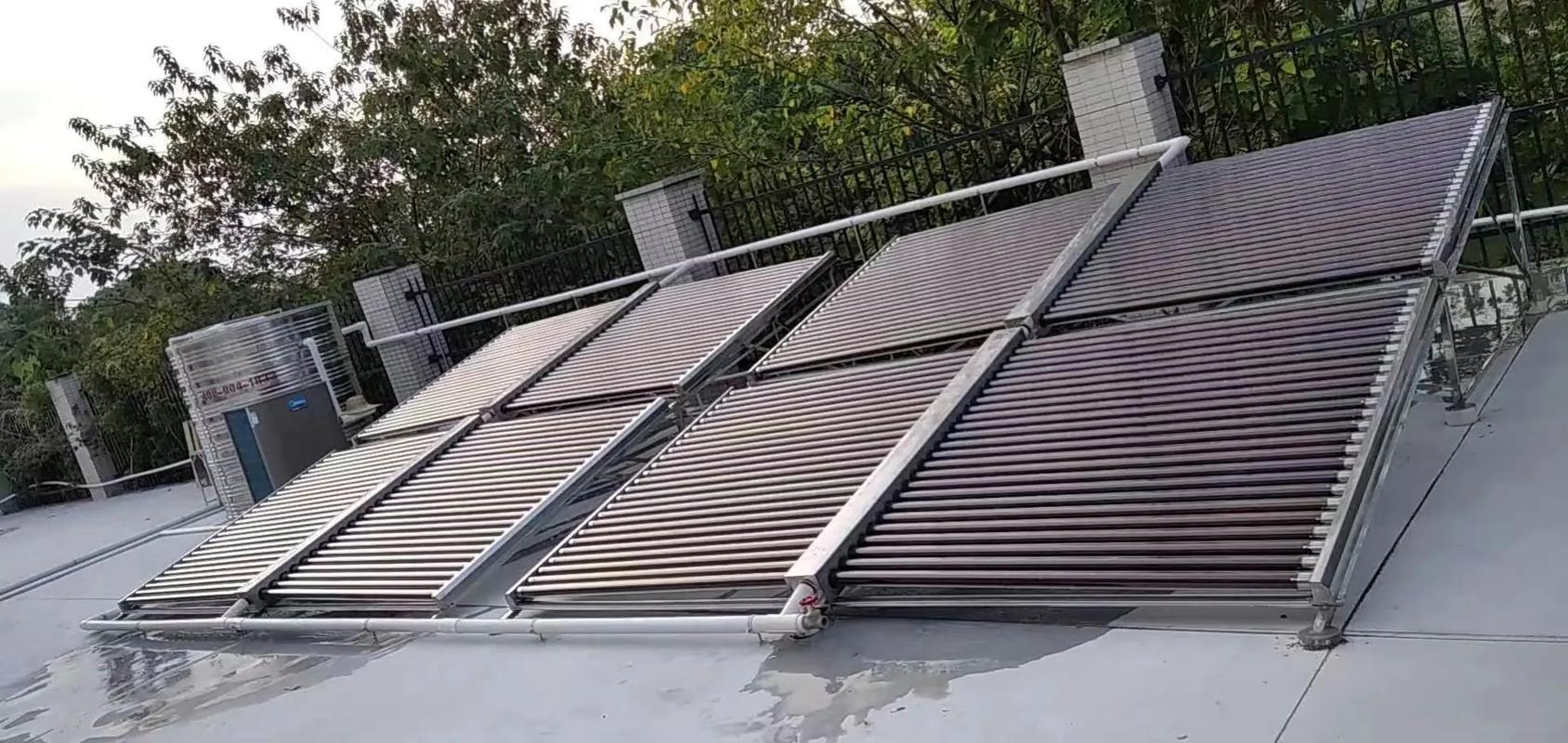**Catching Sunbeams: The Bright Science Behind Solar Energy**
(How Does Solar Power Work)
Picture a sunny afternoon. Sunlight pours down, warming the ground. You feel it on your skin. Now imagine catching that light and turning it into electricity. Sounds like magic. It’s not. It’s solar power. Let’s break down how it works.
Solar panels are the stars here. They sit on rooftops or in fields, soaking up sunlight. These panels are made of tiny units called solar cells. Most solar cells use silicon, a material found in sand. Silicon isn’t special on its own. But when treated right, it becomes a sunlight-to-electricity machine.
Here’s the trick. A solar cell has two layers of silicon. One layer has extra electrons. The other layer has fewer electrons. This setup creates an electric field between them. Think of it like a hill. Electrons want to roll downhill, but they need a push. Sunlight gives them that push.
Sunlight carries energy in tiny packets called photons. When photons hit the solar cell, they knock electrons loose from the silicon atoms. The electric field then shoves these free electrons into motion. This flow of electrons is electricity. Simple.
But wait. The electricity from solar panels isn’t ready to power your TV yet. It’s direct current (DC), the kind batteries use. Your home needs alternating current (AC). That’s where an inverter steps in. The inverter converts DC into AC. Now your gadgets can use the solar energy.
What happens on cloudy days? Solar panels still work. They just make less electricity. No sunlight means fewer photons hitting the panels. Some systems store extra energy in batteries for later. Others stay connected to the power grid. When your panels make more energy than you need, the extra flows back to the grid. Your meter might even spin backward.
Solar panels don’t have moving parts. They don’t wear out quickly. Rain washes away dust. Snow slides off smooth surfaces. Most panels last 25 years or more. After that, they still work but lose efficiency slowly.
Why silicon? It’s cheap and abundant. Scientists test other materials too. Some new solar cells use perovskite, a crystal structure that’s easier to produce. Others try organic materials. For now, silicon rules.
Solar farms take this idea big. Thousands of panels spread over acres. They feed power directly into the grid. A single farm can power thousands of homes. Rooftop panels are smaller but add up. Neighborhoods with solar reduce strain on power plants.
Critics say solar isn’t perfect. Making panels uses energy and resources. Old panels need recycling. But tech improves. Factories use cleaner energy. Recycling programs grow. Solar isn’t flawless, but it’s getting better.
Now think about those sunbeams again. They travel 93 million miles to reach Earth. In under 30 minutes, sunlight delivers enough energy to power the world for a year. Solar panels grab a slice of that. Every photon matters.
Homes, schools, even satellites use solar power. It’s quiet. It doesn’t pollute. The fuel is free. The sun isn’t going anywhere. For billions of years, it’s kept Earth alive. Now we’re learning to borrow its energy smarter.
(How Does Solar Power Work)
Next time you see a solar panel, remember. It’s not just a shiny slab. It’s a quiet revolution. It turns light into laundry, Netflix, and cold drinks. All without smoke, noise, or fuss. The future is bright. Literally.
Inquiry us
if you want to want to know more, please feel free to contact us. (nanotrun@yahoo.com)




